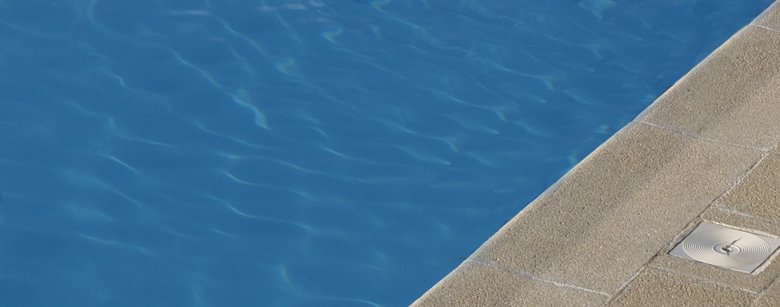Colored Plaster

Definition: Plaster that has been altered in color by the addition of a dye. The most common color variations are blacks, grays and browns, although other shades may be created by the plasterer. Colored plaster has the same characteristics as white plaster, although staining, etching, crazing and scaling phenomena are frequently more noticeable on colored plaster.
Performance Standard: It is the nature of colored plaster that it will accentuate all of the characteristics that are normally found in white pool plaster. Mottling can be more pronounced. The plaster can exhibit pigment stains, streaks, more noticeable checking and crazing and be uneven in color. Color shade variations will exist between color sample chips and mixed plaster. The color may fade out completely or get gradually lighter over time and often will not be the shade the owner anticipated. None of these conditions is considered a deficiency.
The recommended practice for pool builders is to educate the pool owner of these characteristics of colored pools before the pool is built and plastered. Documentation of this is recommended in the form of a signed “Colored Plaster Agreement” or “Colored Plaster Release”.
Possible Deficiency: Excess calcium or “whiteness” on colored plaster. Calcium that has settled into check or crazing cracks.
Possible Causes: This is a normal occurrence with plastered pools and is more noticeable on colored pools because the white stands out.
Solutions: Color variation may be minimized by proper start-up water chemistry and/or the use of a sequestering or clarifying agent can help suspend these particles in the water until they are filtered out. Several months after start-up, the pool can be drained and given a light acid wash to strip away any remaining calcium scale.
Responsibility: Pool owner. Swim Chem will accept no responsibility for claims of uneven, discolored or stained colored plaster.









